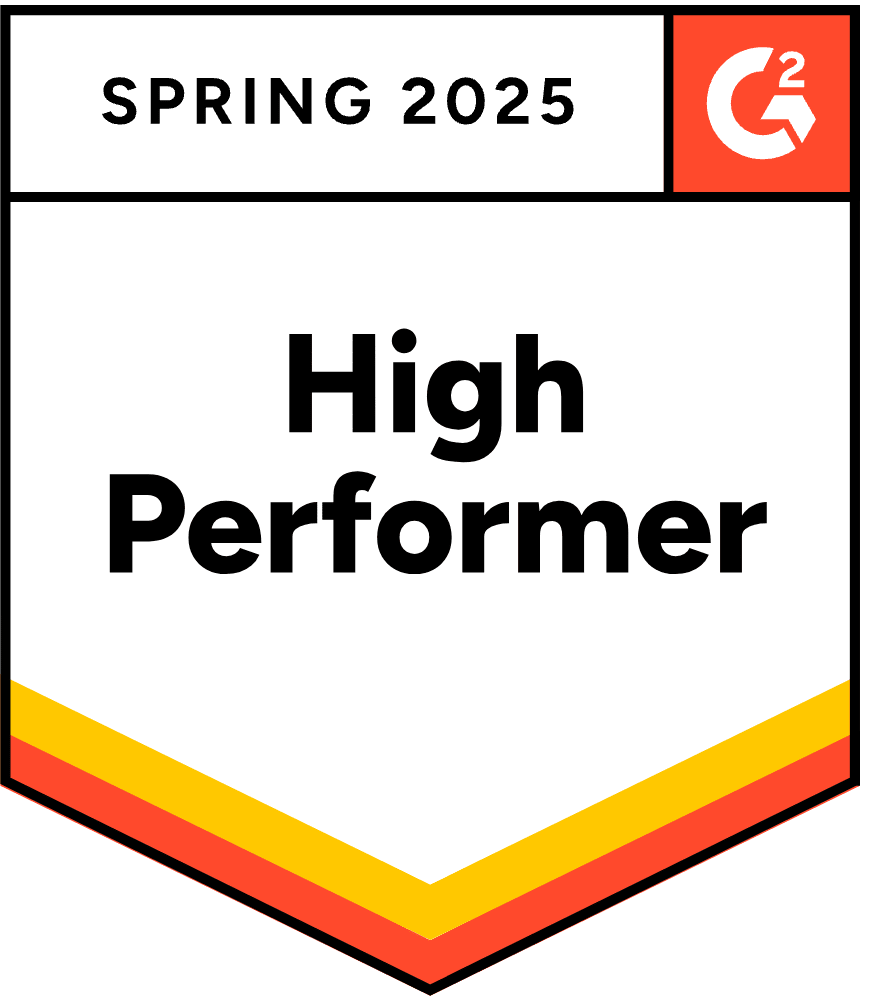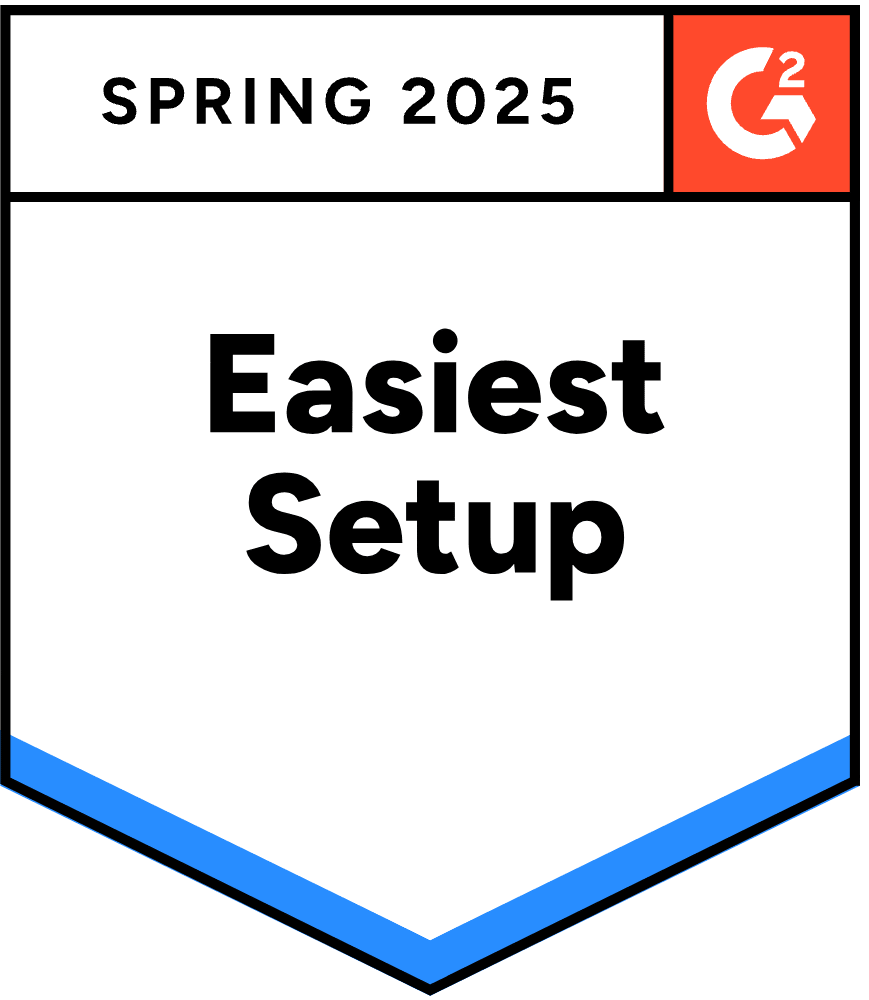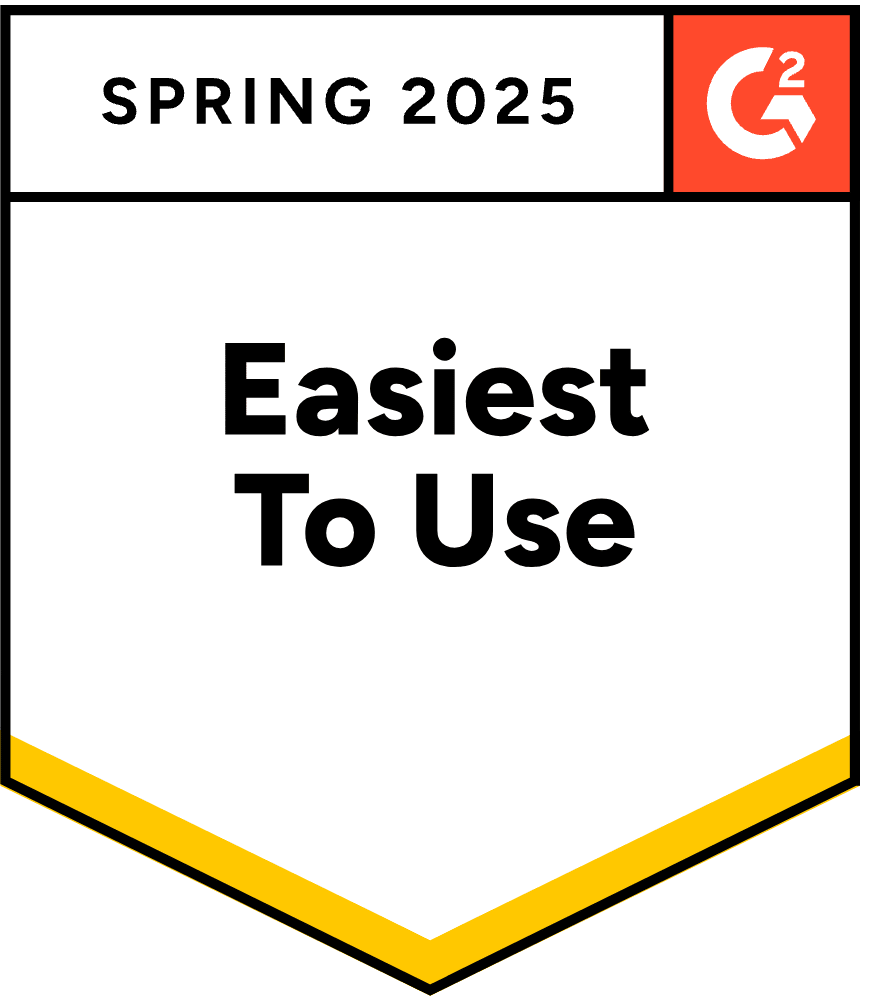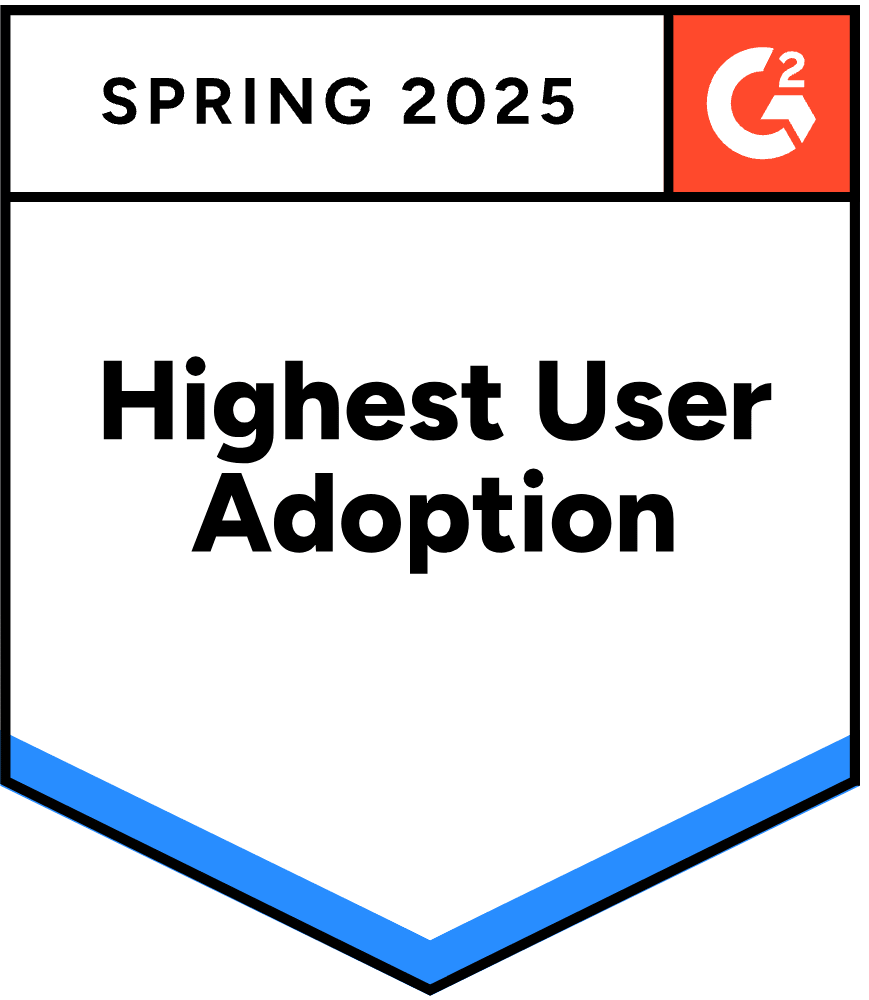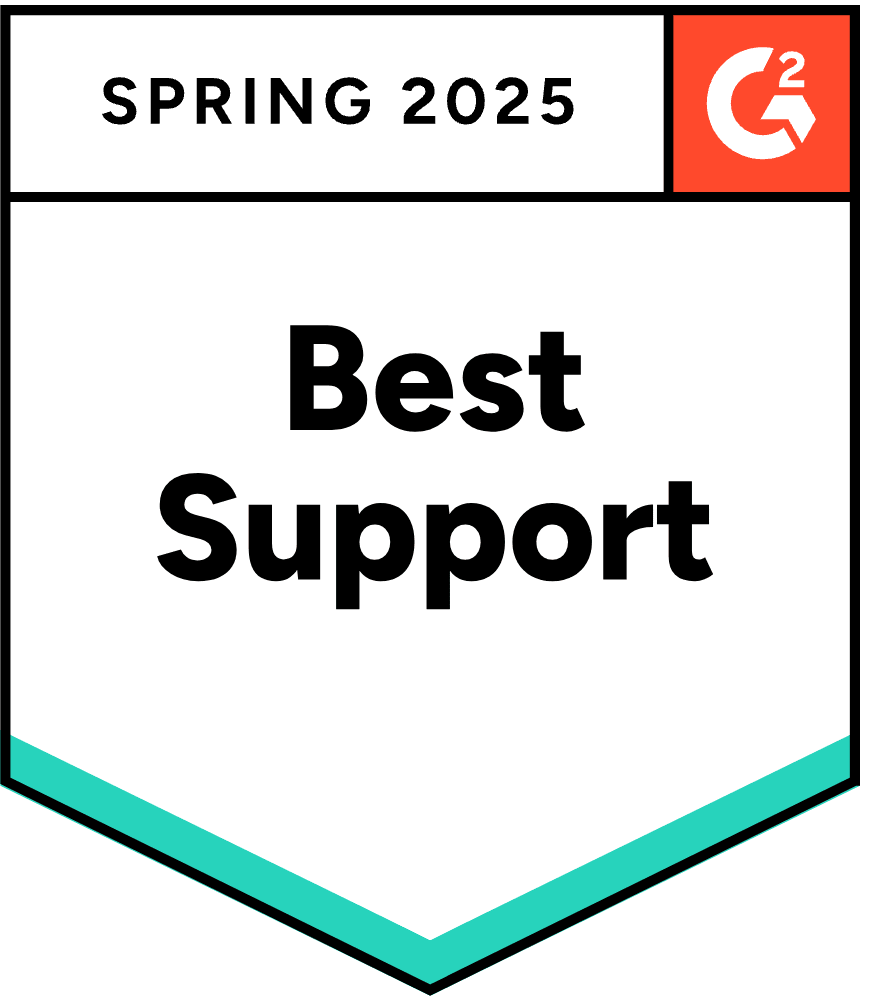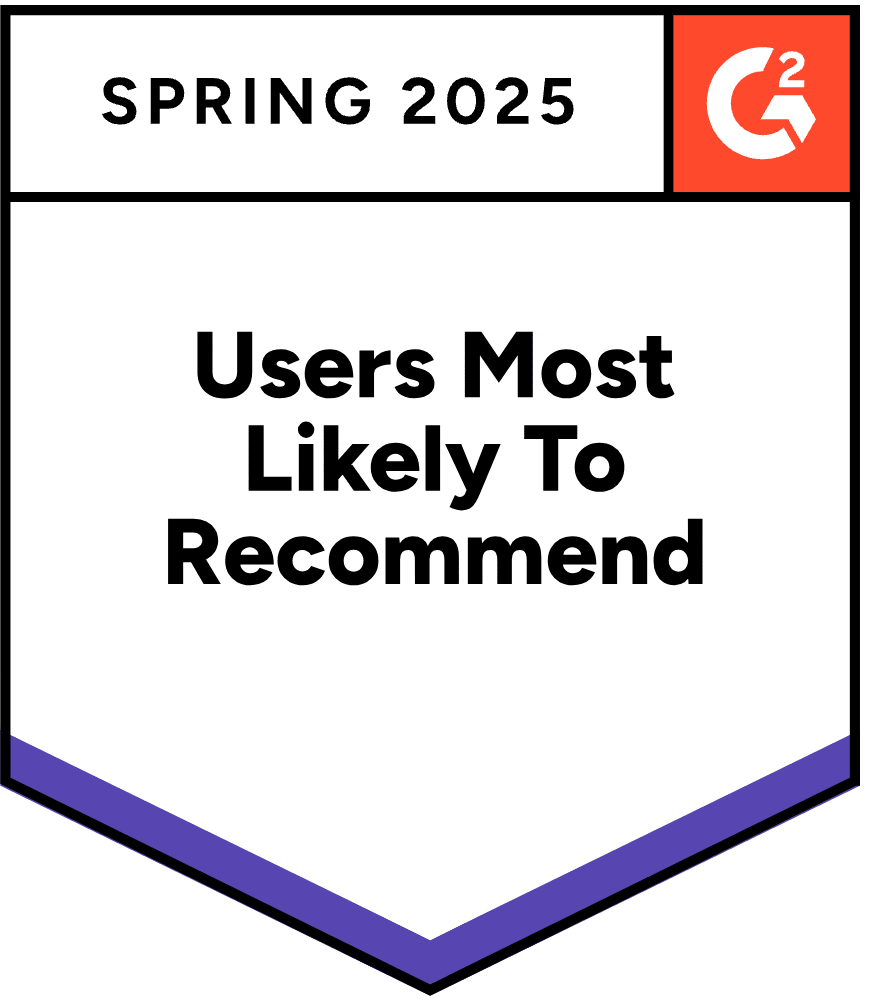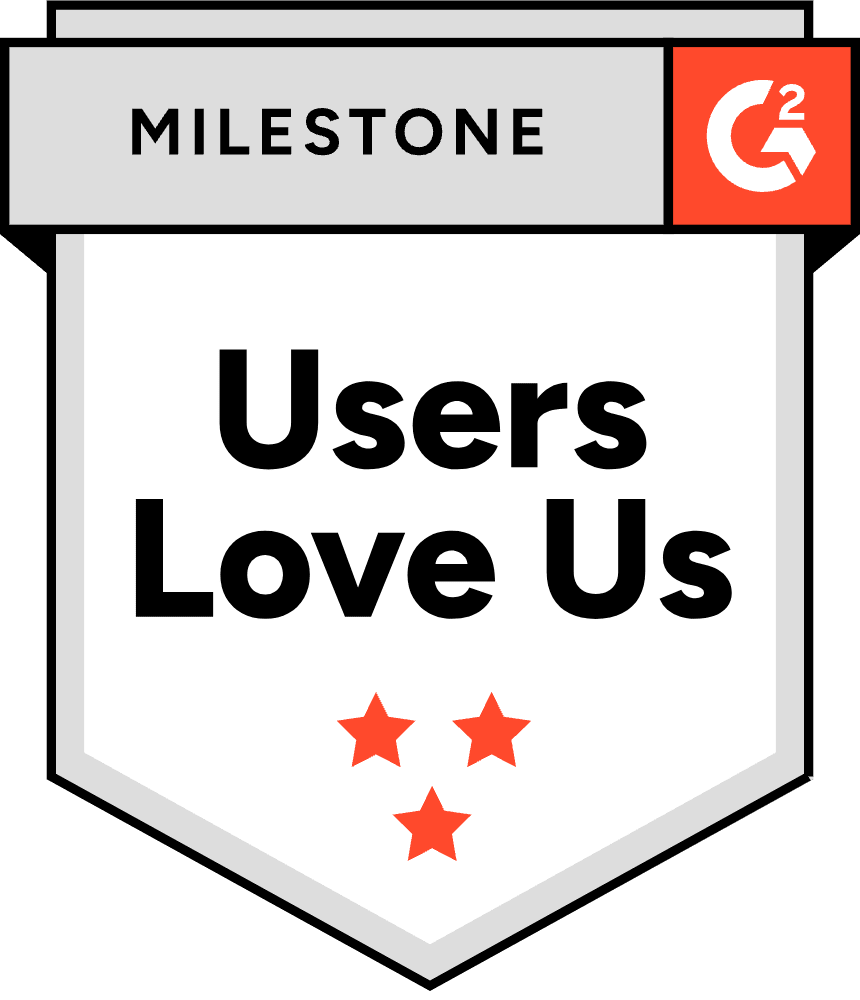As a CSM, your role encompasses maximizing retention and implicitly, averting churn. Several indicators aid in anticipating whether your customers are in a favorable or precarious state, enabling you to enact suitable measures. Cécile Camadro, Customer Success Director at Elevo, delves deeper into this aspect.
Can you tell us a bit about Elevo ?
Certainly! Elevo empowers companies to enhance their management practices by streamlining performance management and fostering employee engagement and development. For instance, our solution facilitates the organization of annual appraisal interviews and the implementation of a 360° feedback process within companies. As a result, we serve two user categories: our primary contacts (such as managers, HR directors, etc.) and the employees who are end users of the solution. However, on the CSM side, we do not have direct contact with the latter group.
What are the main groups of indicators you use to analyse the health of your accounts ?
We track four primary categories of indicators:
Product Usage Indicators: Monitoring the usage of our product is paramount. Increased product usage enhances its indispensability to customers, thereby reducing the likelihood of churn.
User Satisfaction Indicators: These include metrics such as NPS and CSAT, which gauge user satisfaction levels.
Contract Evolution Indicators: Monitoring changes in contract terms and conditions provides insights into the evolution of customer relationships.
CSM Pulse: This entails the CSM's health assessment of their accounts, particularly crucial for high-touch customers.
Can you tell us about the metrics you use to track user engagement with your product ?
In particular, we monitor:
- Tool activations
Proportion of active users
- Time between two connections for platform administrators
Modules used
We have implemented an alert system, to address two primary objectives :
- preventing churn
- anticipating upsells
For instance, if a platform administrator has been inactive for x months or has not logged in for y months, or if a customer displays interest in a module they do not have, an alert is triggered and sent to the assigned CSM. This allows the CSM to schedule a follow-up meeting with the customer.
Have you put in place upstream levers to encourage use ?
Absolutely! We don't rely solely on alerts to drive our customers' usage. Instead, we proactively seek to innovate and encourage them to maximise the tool's potential.
For instance, we regularly disseminate best practices through customer testimonials or webinars, offering plenty of practical examples to directly inspire our customers.
You mentioned NPS and CSAT earlier. What exactly have you put in place to monitor user satisfaction ?
We monitor two indicators to gauge user satisfaction:
Net Promoter Score (NPS): This measures the likelihood of customers recommending Elevo to others. For instance, we may ask: "On a scale of 0 to 10, how likely are you to recommend Elevo to a colleague or friend?"
Customer Satisfaction (CSAT): This measures the overall satisfaction level of customers. For example, we may inquire: "On a scale of 0 to 10, how satisfied are you with Elevo?"
In both scenarios, an open-ended question is automatically prompted if the respondent rates less than 6 or more than 8. This aims to gather qualitative insights associated with the score.
Initially, we implemented the NPS by directly presenting the question through a pop-up triggered by criteria defined within our tool. Initially, we didn't differentiate between administrator profiles (our direct customers, with whom we interact) and end users (with whom we don't interact), which proved to be an oversight.
End-users would often question: "Why would I recommend a work tool to a colleague or friend?"
We revised our approach by:
Asking an NPS question to our Admin profiles, who may be inclined to recommend our tool.
Posing a CSAT question to our End User profiles, who are capable of evaluating their satisfaction with the tool.
We regularly monitor these two indicators on a weekly basis:
CSMs responsible for the accounts reach out to administrators who provided positive NPS scores to express gratitude and gather further feedback. For those who rated poorly, CSMs schedule follow-up discussions to understand the reasons behind the score and work on solutions.
Our support team contacts end-users who provided negative CSAT scores and accompanying comments. They express appreciation for the feedback, address the comments, and potentially escalate significant requests to our product team.
This approach is highly valued by both our customers and end-users, as it demonstrates attentiveness and responsiveness to their feedback.
We also regularly provide CSAT score reports to our customers, allowing them to gain insight into the adoption of our tool by their teams.
You also monitor KPIs linked to the contract. Can you tell us more ?
Indicators related to contract evolution serve as crucial signals when evaluating the health of your customers.
We monitor key indicators that help us anticipate churn risks or upsell opportunities:
Changes in the number of licenses used, reflecting alterations in ARR
Previous upsell occurrences.
Economic developments concerning our customers, such as fundraising or acquisitions.
In addition to tracking product usage, we've implemented an alert system to monitor changes in license usage. On the first day of each month, we receive a report illustrating the month-to-month change in ARR, enabling us to assess risks or opportunities.
In the event of a significant decrease in license usage, we first investigate the economic context surrounding the company (such as acquisitions or downsizing plans). Subsequently, we schedule a follow-up meeting with the client to gain insights into their projections.
Simultaneously, we closely monitor economic developments concerning our customers. In instances of fundraising or mergers with other groups, we aim to schedule follow-up discussions and, if necessary, involve our sales team to address the situation.
With all the indicators you're tracking, can you tell us what you think the value of the CSM Pulse is and explain how you're using it at Elevo?
The quantitative indicators mentioned above provide valuable insights into the health of an account. However, the CSM possesses additional information that cannot be inferred from the data alone, such as a change in the contact person, limited tool usage despite meeting needs, or ongoing takeover processes.
To capture this qualitative information, we established three "pulse" levels:
Poor : Indicates minimal contact with the customer, lack of responsiveness to requests, or expressions of dissatisfaction or churn risk.
Concerning : Indicates limited contact or a strained relationship, coupled with minimal interaction from the customer.
Healthy : Indicates regular contact and consistent expressions of satisfaction with the tool.
There are no strict guidelines for assigning pulse levels; alternatively, a scoring system out of ten could be adopted. The key is to ensure consistency in the attribution process across all team members.
Each week, the CSM is tasked with updating the CSM pulse for their accounts. This allows us to prioritise alerts associated with other, more quantitative indicators that pose no immediate risk.
Each CSM places special emphasis on their "Poor" accounts, implementing a dedicated action plan along with associated Playbooks. For instance, if dissatisfaction stems from product issues, we may propose a meeting with a member of our Product team. Alternatively, if the customer lacks confidence in using the product, we may suggest a Q&A session with a team member, and so forth.
Do you also monitor exchanges with your customers, whether in person, by email or via support ?
Although interactions such as emails and tickets are crucial indicators, we currently do not track them in detail. This is primarily due to the multitude of touchpoints we already have with our customers, including roadmap presentations, post-onboarding meetings, six-month follow-ups, and pre-renewal discussions. Consequently, prioritising detailed tracking of interactions remains a consideration for the future.
Do you monitor all these indicators independently or do you group them together in an overall health score ?
We've established a comprehensive health score that integrates various data points. However, we haven't yet effectively leveraged it for operational purposes. Our challenge lies in encountering numerous unique cases, such as customers who use the platform sparingly yet remain staunch advocates. This complexity makes it challenging to take direct action solely based on the overall score.
Presently, we tend to assess these indicators individually. We believe maintaining this level of granularity enables us to activate our Playbooks in a more precise and targeted manner.


